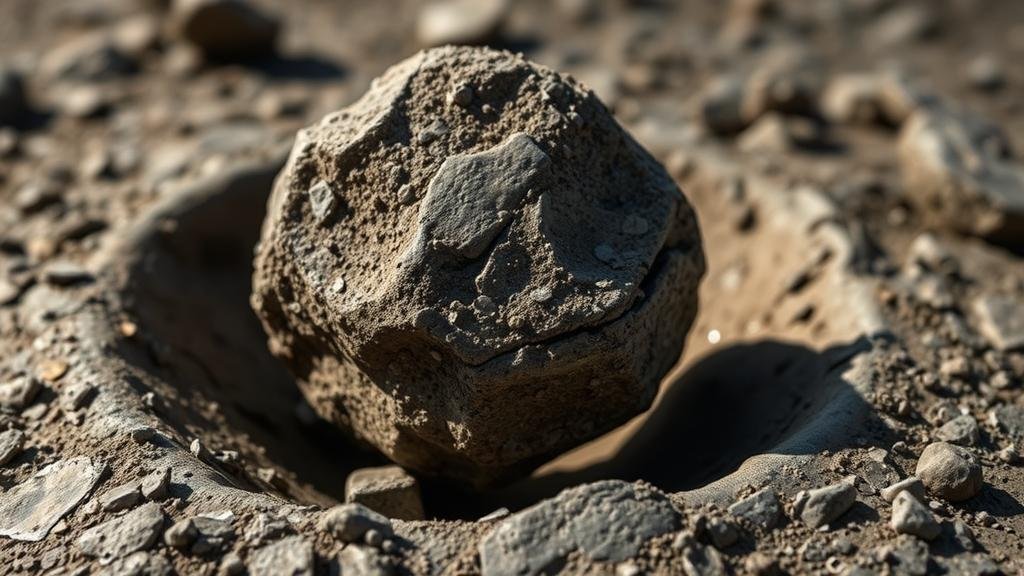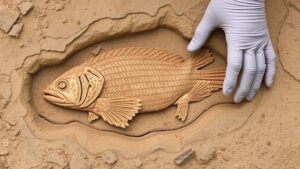Meteorite Hunting in Unexplored Craters: Tracking Cosmic History on Earth
Meteorite Hunting in Unexplored Craters: Tracking Cosmic History on Earth
Meteorite hunting is not only a thrilling pastime for rockhounds and mineral collectors, but it also allows enthusiasts to connect with the broader cosmic history of our planet. Among the most intriguing venues for locating these celestial fragments are unexplored craters–remnants of ancient cosmic collisions that offer rich rewards for the knowledgeable and adventurous. This article will delve into the nuances of meteorite hunting within these intriguing geological features, providing a roadmap for collectors eager to uncover the universes secrets.
The Science of Meteorites
Meteorites are classified into several categories based on their composition, which includes stony meteorites (like chondrites), iron meteorites, and stony-iron meteorites. According to the Meteoritical Society, over 60,000 meteorites have been cataloged, but many more remain undiscovered, especially in less-explored regions.
When a meteoroid burns upon entering Earth’s atmosphere, it creates a fireball. If it survives the descent and lands on Earth, it is categorized as a meteorite. The study of these celestial objects can provide insights into the early solar system and the formation of planets.
Why Hunt in Unexplored Craters?
Unexplored craters represent a relatively untapped resource for meteorite hunting, primarily because of their remoteness and challenging terrain. e less-trafficked sites are more likely to harbor un-discovered meteorites. Notable benefits of hunting in these areas include:
- Preservation of specimens: Craters often retain meteorites in their original, unweathered condition due to minimal human interference.
- Rich geological context: Craters can contain geological clues alongside meteorites that enhance scientific understanding.
- Lower competition: Fewer collectors seek these remote locations, leading to potentially higher yield rates for hunters.
Notable Craters for Meteorite Hunting
Several craters are renowned among the meteorite hunting community for their potential to yield significant finds. Here are a few noteworthy locations:
- Chicxulub Crater, Mexico: This site is famous for its association with the extinction of the dinosaurs 66 million years ago. ejecta from the impact event may conceal meteorite fragments that are less studied.
- Meteor Crater, Arizona: One of the best-preserved craters on Earth, this site features various types of meteorites, although many have already been collected, proving that dedicated searches may still uncover overlooked specimens.
- Sudbury Basin, Canada: This complex impact structure contains a rich history of impacts, offering collectors the chance to find rare meteorites amidst its geological layers.
Techniques for Successful Meteorite Hunting
Hunting for meteorites requires both knowledge and the right techniques. Here are some tips for successful exploration:
- Research: Delve into geological maps and previous studies of the crater you plan to explore. Knowledge about the context of previous finds can be invaluable.
- Equip Yourself: Use equipment such as a metal detector when searching for iron-containing meteorites, as well as tools like UV flashlights to help identify unique mineral properties.
- Timing: Plan your visits shortly after rains or when the ground is wet; moisture can help reveal meteorites by darkening their surfaces against the lighter surrounding soil.
Potential Challenges
While the prospect of hunting meteorites in unexplored craters is exhilarating, it is essential to be mindful of the challenges involved:
- Accessibility: Many unexplored craters may be located in remote areas requiring extensive travel and preparation.
- Legal Restrictions: Ensure you have permission to search on any private or protected land. Research local laws and regulations regarding meteorite collecting.
- Environmental Conditions: Be prepared for challenging weather and terrain conditions that can complicate your search.
Real-World Applications and Community
Meteorite hunting not only provides personal rewards but also contributes to scientific knowledge. Collectors often collaborate with research institutions by donating or lending specimens for study, which can lead to groundbreaking research into Earths history and the universe.
Joining meteorite hunting clubs or online communities can also enhance your experience, providing fellowship, knowledge, and shared resources among fellow enthusiasts.
Actionable Takeaways
Meteorite hunting in unexplored craters offers the opportunity to track cosmic history while enjoying the thrill of discovery. Whether you’re a seasoned rockhound or someone just beginning to dip your toes into the world of meteorites, remember these critical points:
- Invest time in research and preparation before embarking on hunts.
- Use appropriate tools and techniques for the best chances of finding meteorites.
- Foster community connections for shared learning and support.
With patience and perseverance, you can become a vital part of the ongoing journey to unravel Earth’s cosmic connections.



